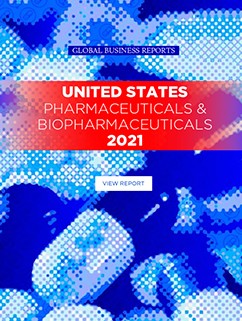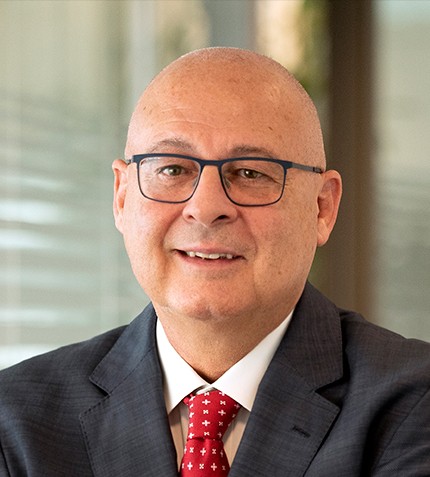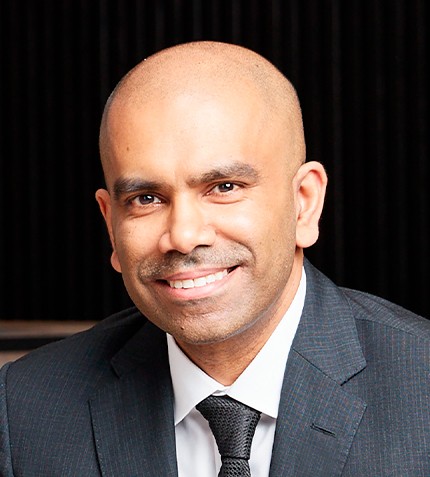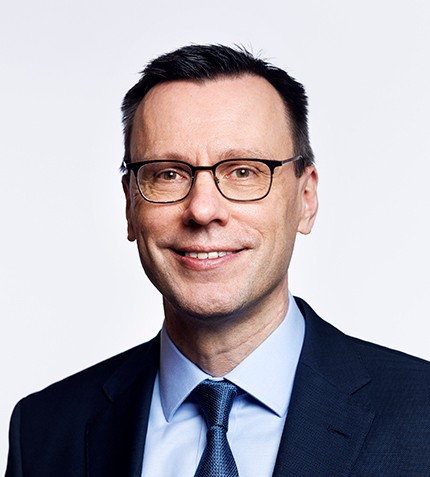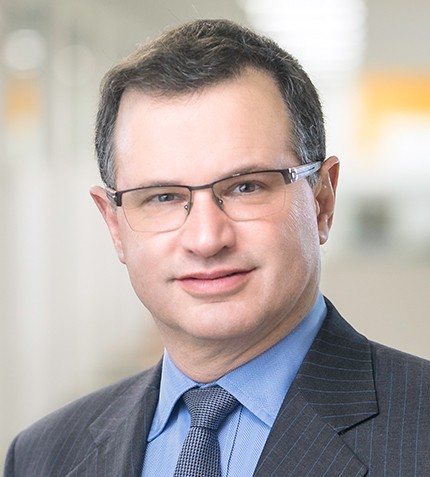
"Our first approvals are in multiple myeloma and lymphoma, and we kill those cells better than we kill other cancer cells, but the drug has general applicability across essentially any cancer."
RELATED PUBLICATION
Michael Kauffman
CEO, KARYOPHARM THERAPEUTICS
What were the key scientific insight that Karyopharm was founded on?
We have about 20 tumor suppressors in every cell in the body. Tumor suppressors work by looking at DNA, and if they find out that the DNA in a cell is severely damaged, then they tell the cell to commit suicide. Every cancer has a substantial amount of DNA damage, and if these tumor suppressor proteins were working, the tumors would never evolve because the tumor suppressor would recognize the DNA damage and the cell would kill itself. Every time we read about one of these tumor suppressors, it was kicked out of the nucleus by a single chaperone or carrier protein, and it was always exportin 1. There are eight known mammalian exportin’s, and only one of them handles the tumor suppressors. If you block this single protein, you can restore tumor suppressor proteins to the nucleus because they get in, but if you block this exporter, they cannot leave. This would therefore be sufficient to activate their function, which is to kill cells with DNA damage. The main side effects are loss of appetite and nausea, both of which we can prevent with standard drugs. Fortunately, when we developed this drug we are able to restore the tumor suppressor proteins to the nucleus, they can kill cancer cells, and they kill some cancer cells better than others. Our first approvals are in multiple myeloma and lymphoma, and we kill those cells better than we kill other cancer cells, but the drug has general applicability across essentially any cancer.
To what extent has the pandemic impacted the rollout and sales of XPOVIO in the US?
It is difficult to commercialize any new drug, especially in an area like myeloma where there are many drugs and doctors have a lot of choices. However, when XPOVIO is used in combination in pretty much any disease it is used as a once-a-week oral pill, which is amazing for a refractory cancer. Unfortunately, it has been difficult for our sales team to get this positive message out because all face-to-face meetings were stopped. It took half a year to a year in some places to even allow video meetings. Furthermore, there were many missed appointments by patients. Estimates are that between 30-70% of appointments in patients with active cancers were missed. When the history is written on this pandemic, I think we are going to see a lot of excess morbidity and mortality because of these missed appointments, not only in cancer but in heart disease, stroke and other important and acute situations. It was similar with our salesforce. We are now starting to see more new patients as we received second line approval in late December 2020. We are seeing new and earlier stage patients come onto the drug, and we hope that by the second half of this year we are going to start to see a increase in the slope of the commercialization as physicians feel more comfortable and as patients come in on a much more regular basis.
What kind of response rates are you seeing from XPOVIO?
In myeloma we can get responses between 50-90%. In a recent, small combination study in the front-line setting for patients with diffuse large B-cell lymphoma, all of the patients have responded. In lung cancer we are doing a study where we will report out later this year some responses in patients with chemotherapy and immunotherapy refractory lung cancer, and in melanoma we reported last year from the MD Anderson Cancer Center a 54% response rate in combination with KEYTUDA, which is an immunotherapy. Compared to KEYTRUDA, which gives about a 30% response rate, and about a 3% CR rate, our combination had a CR rate of about 30%. We see the future of XPOVIO as being used in combinations that are tailored to a specific disease.
Can you paint a picture of the capital-intensive process that you have gone through to bring a drug to market? How does this inform your view on drug pricing?
There is a lot of misunderstanding about pricing of drugs. In order to deliver quality healthcare an enormous amount of risk and an enormous amount of proving that you did not do anything wrong is required. 70 to 80% of the costs of clinical trials are in audits, clinical data reviews, cleaning data and having things signed off. The average cost for treating a patient in a cancer protocol for a small molecule drug runs in the US$100,000 to US$120,000 range per patient. We have a database of over 4,000 patients that have been in clinical trials. The cost just for those patients in the clinical trials is US$400 million. As regulators are demanding more safety data and more assurance that nothing egregious will happen, while the amount of data collected per patient continues to grow, these are extremely expensive studies to do.
It is important when people think about drug pricing that, if we want to continue to do great medical research and come up with breakthroughs, particularly for diseases that can kill you, we must try to support that with revenue from products. There is also talk about value-based pricing and this is increasingly used and are very intricate and sophisticated models to figure out. For example, what does an extra four or five months mean to a patient if they can spend 40% less time in the clinic? In our Boston study we showed that patients were spending 37% less time in the clinic and their disease progressed for 30% less time. That means less doctor visits, less clinic time and less progression. Different countries put very different values on that. There are countries that believe if you have not proven that survival is increased, then it does not matter what you show. They are not going to reimburse the drug. There are other countries like the US that believe if you can stop a disease or slow it down, and patients and physicians think that this is the right thing to do and peer reviewed journals and FDA believe that this is a drug that adds activity in a fatal disease, then we should reimburse them up to a point. Luckily for our drug, we have priced it in a way that insurers are comfortable with. In Europe drug prices tend to be 1/2 or 2/3 of what US prices are, and this is because Europe does not believe that some of the advantages that new drugs can bring are actually worth it. The same thing is true in Canada and in Australia. The fact of the matter is that it is great that the US reimburses drug prices at the levels they do because without that engine we would not have such a robust biotechnology and pharmaceutical industry. We cannot do the kind of work we want to do if we do not get sufficient return on the successful investments to continue to work.




